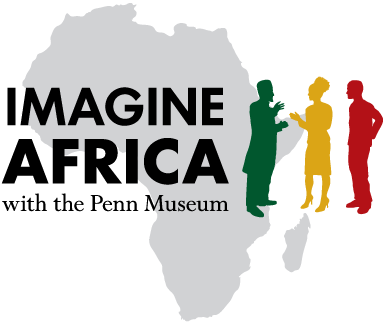Today, we went back to the Nairobi National Museum to make some arrangements for our trip to Loi Tok Tok in Maasailand (The Maasai pronounce it “Loi Toki Tok”.) Jenn, Bill and I had some time to visit the Giraffe Center and the Kazuri bead shop, both NGOs that support community development.

At the giraffe center, we stood on an eleveated porch, about 20 feet high, where five giraffes were waiting for us to feed them pellets. The keeper was adamant that we get a picture of each one of us kissing the giraffe by putting a pellet in our mouth and letting it grab it with its 18 inch blue tongue(!). Jen had already gotten a mouthful of elephant nostrils at the orphanage and wasn’t sure if that might have been the cause of her involuntary two-day vacation. So I was hesitant, but the she said the giraffe’s saliva, of which there was plenty, was antiseptic because it eats acacia trees which have antiseptic qualities. In fact, you can use the thorns as tweezers to get out splinter or lance boils if you ever should be in need. So, I got a big sloppy smack on the lips from Daisy, the giraffe. It was nice. But as the keeper said, no food no love. When I ran out of food, she whipped her head around and almost knocked the video camera out of my hands.

They had a small exhibition about giraffes and conservation and breeding efforts. One laminated poster had every amazing fact about giraffes you’d ever want to know. Their hearts are two feet wide by one foot high. They weigh about 150 pounds when they are born. And they don’t make noises except for the occasional rumble or snort.
Kazuri is a fair trade organization that employs single mothers from the nearby villages and trains them to make beads and ceramics. They make 40,000 hand-painted beads every day and sell the finished pieces of jewelry, loose beads, and ceramics all over the world. They provide health care and other services to the women and their children as well.
Justus said the chameleon we saw in cautiously but intrepidly moving across the parking lot was good omen.
Paul Kunoni met us back at the hotel and, at my prodding, gave a short primer on Maasai traditions. There are 42 groups in Kenya as a whole, nine of which are Maasai. I made the mistake of referring to them as tribes, which Kathleen pointed out has a pejorative connotation. Paul is an elder. Once a man turns around 35 he essentially retires from being a warrior to being more of a respected family man. He was describing some of the phases boys and men go through and I hope to get a better understanding of it when we’re actually there.
Paul’s two front bottom teeth were knocked out in one of the rites of passage. Kathleen told me that this wasn’t only decorative, it serves a medical purpose as well. If a Maasai warrios should get lock jaw, they would be able to be fed through a tube.
We were looking at some pictures of Maasai women on Kathleen’s postcards and asking Paul what the different tattoos, hairstyles, and jewelry meant. The colors and color combinations in the jerelry is highly symbolic:
blue: sky
white: purity
yellow: colostrum
orange and red: strength
green: plenty
black: only older men wear black. It is the end of pattern, the absence of color.
I was getting anxious about our electronics situation in Maasailand when Jenn said “Hakuna Matata.” I thought that was something the Disney industrial complex made up, but it really is swahili, and it literally means “no worries.” Justus even repeated it without a hint of irony, so it must be a real thing. Bill said, “You’re in Africa. If it happens, it happens. If not….”
My vocabulary is expanding a little:
kila kitu kizuri: Everything is good
Pole (poh-leh): sorry
Pole pole (poh-leh poh-leh): Slowly slowly
taka taka: garbage
waheri: bye
olseri: bye (in Maasai)
upinde: rainbow
la: no
jihadari: take care
tafadari: excuse me

















